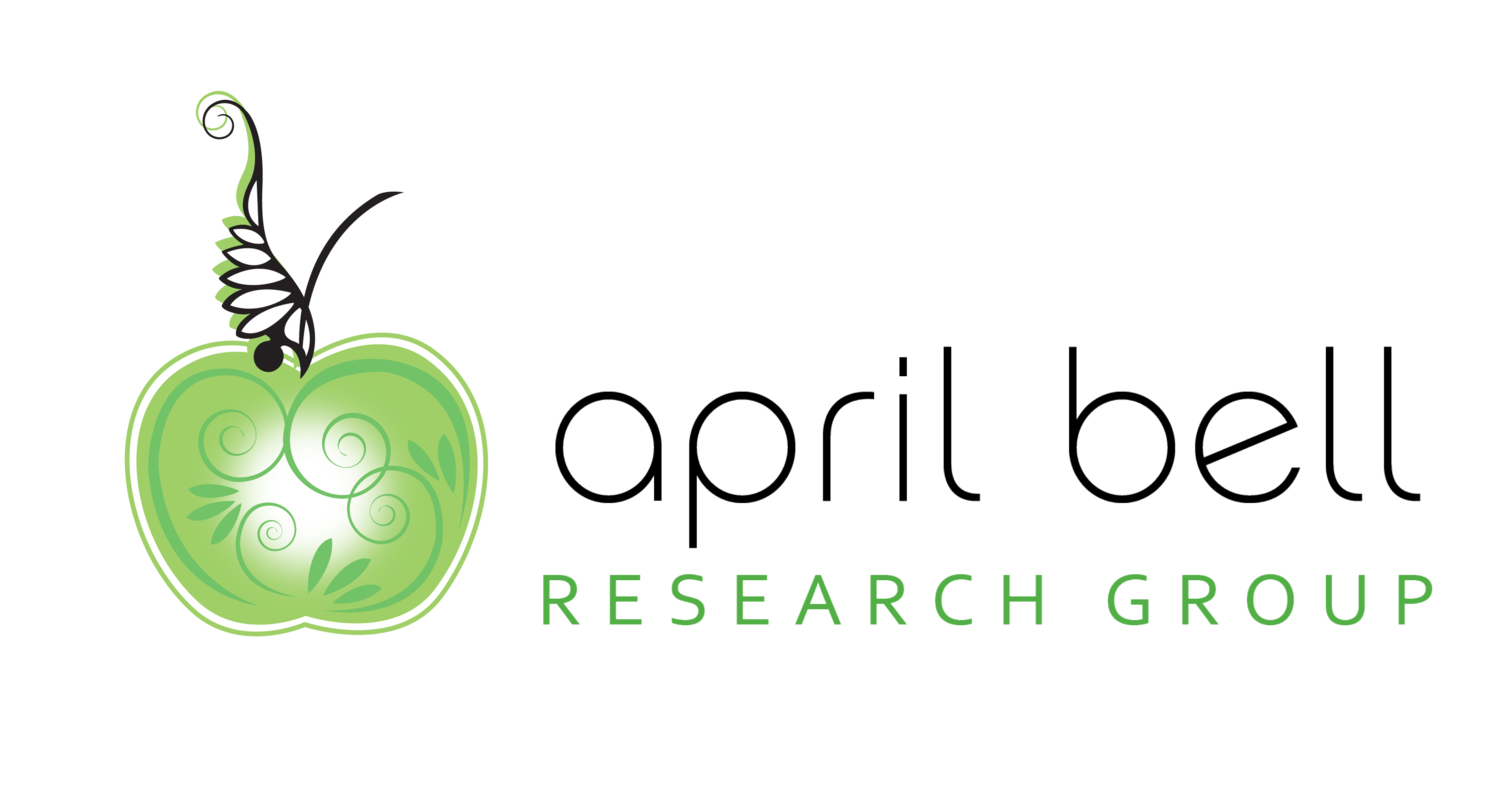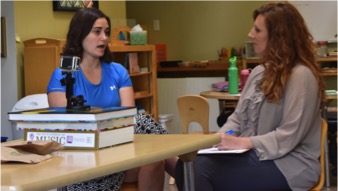A few years ago, amidst exhaustion, burnout, and a desire to do something meaningful with less energy, I started down the path of creating an online course. At the time, I thought this course I wanted to create should teach micro business owners to brand their business by going through the same research process large corporations use to create mass brands.
I have been facilitating brand and product innovation research for over 17 years. So, I set out to create this course, blind to what I thought I knew about all the things it takes to create something, and naive about what I didn’t - ironic, huh. I went through a small business program to help develop the idea. I enlisted friends, clients, and other resources to help me “figure it out.” I took a 1 week trip to Tulum, Mexico by myself to draft the whole course. I did my own marketing research with my target audience (thanks to Fieldwork- for letting me host my own groups without charge). I participated in some of the most popular online courses to learn how to do it, including Amy Porterfield’s, Jeff Walker’s, Marie Forleo’s and a few others. I looked back on the first online course I purchased to learn about how to create an online course - and that was 4 years ago, y’all!!!
That journey, along with a painful divorce left me feeling like an imposter with only a speck of the self-confidence I wanted to emulate. But now, I’m telling you that, not because I’m ashamed or embarrassed (I used to feel shame that I couldn’t do for myself what i can do for others) but because I want to encourage anyone else who is trying to create something and they feel like they are not making progress - that I TOTALLY get it.
And I’m also saying this because I have learned a few things after spending all of this time, energy and money trying to bring something to life:
I didn’t need to change who my clients were, I needed to change who i was being and how I was showing up in my relationship with them. I found out quickly through my own marketing research that my current clients were the people I know, love and understand. They are my people. For a minute, I thought “my people” were others like me, small business owners who were stressed out and crazy. But NO - trying to help other crazy business owners that are the same crazy as me was not my jam! I like my clients who are a different crazy than me! I love helping them, I just needed to reframe what mattered to me - what matters is my relationships with them, the connection to what they are working hard to do, as much as the output. I needed to blend what I was looking for - more meaningful creations - with what THEY needed more of - help with taking some of the heavy lifting off their plate, more ideas based on empathy, and solutions to help them move things forward, and a sounding board to set them up for success.
I also have more respect than ever for my clients who are in the business of bringing an idea through the process of creation. It’s one thing to facilitate co-creation for large companies, it’s another thing to work through the process and the heavy lifting of bringing an idea to life - managing the emails, meetings, vendor relationships, peer relationships, or manager and employee relationships.
The things I do really well for my clients naturally (empathize, act fast, willing to explore new ideas, connecting the dots, facilitate constructive conversations, and deliver results to move things forward) are the same things I really sucked at doing for myself (up until now). Once I began doing for myself what I do well for others, it became easier for me to create what I want for myself and others.
Bringing this idea into the world has forced me to look within, uncover and dance with all my biggest fears. It has helped me channel my fears and create a new level of faith - that when things seem unachievable, it’s just a new opportunity for me to reframe my thinking. Hell, I still don’t know if this idea is going anywhere, but I’m at least willing to try it, in hopes that by putting it out there and receiving feedback, I can learn and try again.
So, with great trepidation and also an exhale of relief that it’s totally ok to fail, I am launching my Made With Empathy™ website. I’m so determined to check the box and say I did it that I decided to do it myself. It’s not even close to perfect, but that’s ok.
I feel like i’ve failed a million times at bringing my Made With Empathy™ to life - i’ve wrestled with feeling like its “just a stupid idea” and wondered how it’s going to help anyone. But the one thing I’ve held onto is this crazy belief that somehow, someway, somewhere, it’s going to be helpful - because although a lot about the idea has changed, my goal with it never has: I want to inspire people to step into their lives bravely to create what matters using a proven process based on empathy.
In the deepest part of me, I knew that every time I walked into a focus group room or created space for a team to ideate, or had a call with a client where I asked the right questions to get to the core of the problem to solve, that this way of being - empathetic being - could be taught to create even more of what matters.
As I look out across a heavy, saddened enraged world, I can hear my Made With Empathy™ idea saying - “yes, this is what you’ve been creating me for - you created me because you saw a need”. The need is there. There’s a need to take the tools, skills, and processes used to innovate products and services and teach leaders, innovators - my clients - how to approach anything they want to create from a place of empathy.
It’s time. It’s time to make more of what matters with empathy. I need a problem to solve, and now I can hear the problem screaming so loudly, it’s deafening.
While I don’t know how to solve what’s going on with the current racial climate, i do know this - when my clients don’t know how to solve something and they need to create something new, we come together, design a method to learn what we need to learn through empathetic listening and from that, we begin to innovate and create, then test, and finesse and eventually, we have something new that solves a problem.
My hope is that MWE can be used to help those smarter than me create solutions efficiently with joy and grace for racial injustice, for corporate “new norms” due to COVID, and for all the new innovations that will be needed to cross the chasm of destruction we are all in to safer ground.
If you’re interested in learning more about the Empathy Co-Creation process, click here.
If you’re interested in a free consultation, you can click here to contact me.
Until we meet up, I am hopeful you are staying well. And breathing deeply.
And here are a couple of books I am reading now in case it’s a good resource for you:
As well as this and other articles being published by Greater Good Science Center at Berkeley links to resources I’m finding helpful that correlate with what Made With Empathy™ is about.















































